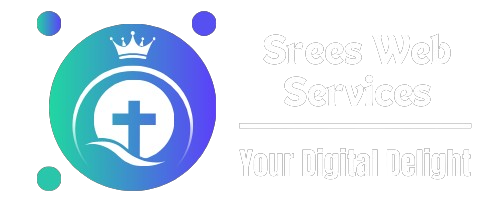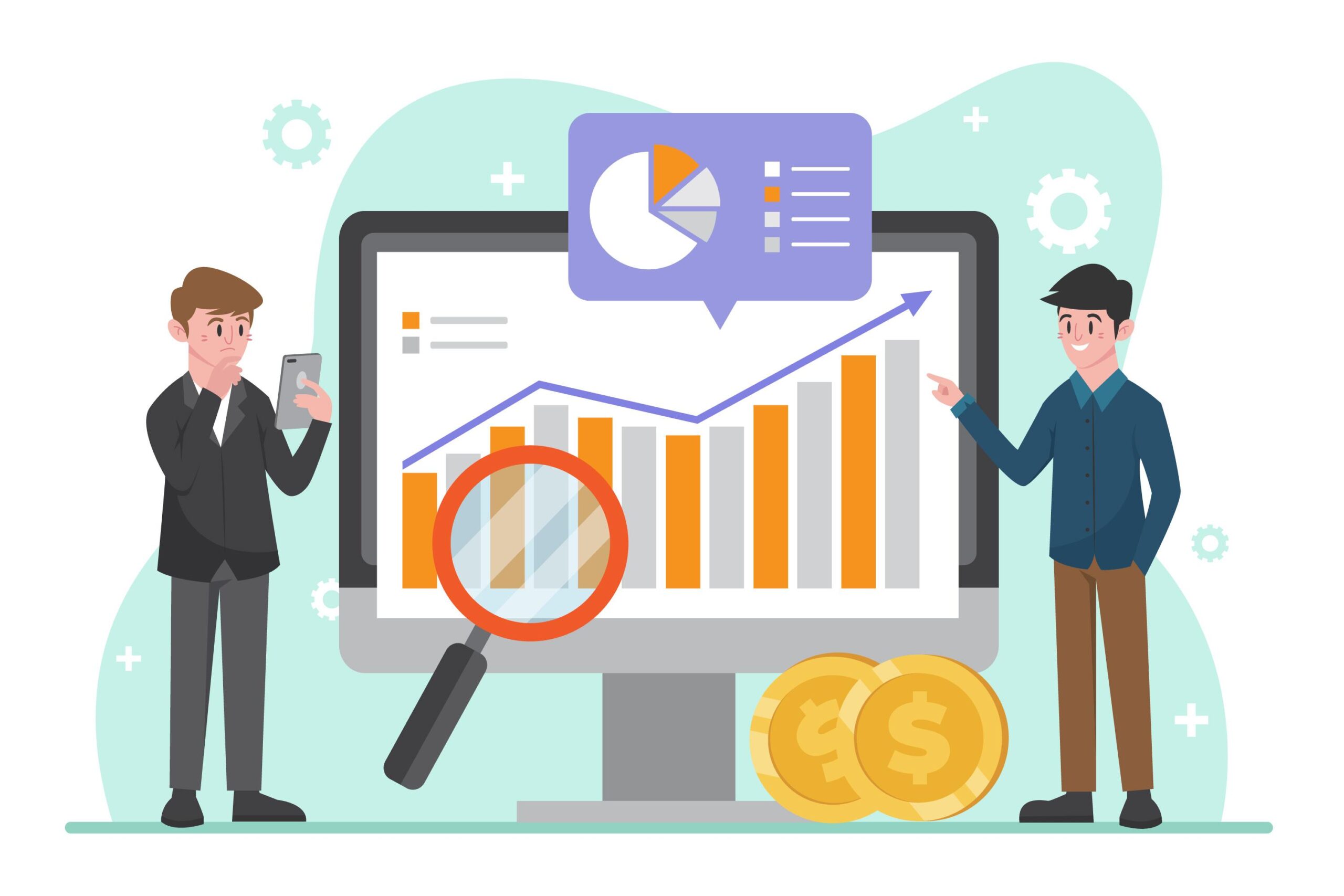Introduction
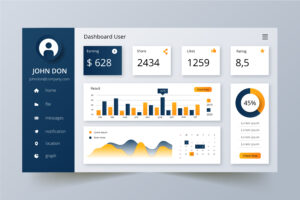
Measuring the return on investment (ROI) of your digital marketing campaigns is crucial for understanding their effectiveness and justifying your marketing spend. Accurate ROI measurement helps in optimizing strategies, allocating budgets, and demonstrating the value of your marketing efforts to stakeholders.
Key Metrics
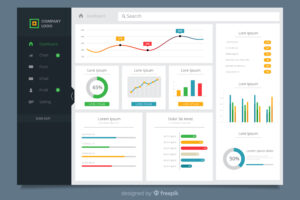
Conversion Rate
Conversion rate is the percentage of visitors who complete a desired action, such as making a purchase or filling out a form. This metric is essential for evaluating the effectiveness of your campaigns in driving specific outcomes.
Customer Acquisition Cost (CAC)
CAC measures the cost of acquiring a new customer. It is calculated by dividing the total marketing expenses by the number of new customers acquired during a specific period. A lower CAC indicates a more efficient marketing strategy.
Customer Lifetime Value (CLV)
CLV represents the total revenue a business expects from a customer over their lifetime. It helps in understanding the long-term value of acquiring and retaining customers, allowing you to evaluate the sustainability of your marketing efforts.
Tools
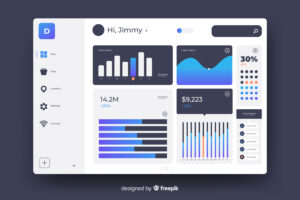
Google Analytics
Google Analytics is a powerful tool for tracking and analyzing website traffic, user behavior, and conversion data. It provides insights into how visitors interact with your site, which campaigns drive the most traffic, and where improvements are needed.
HubSpot
HubSpot offers comprehensive marketing analytics and reporting features, enabling you to track campaign performance, measure ROI, and generate detailed reports. Its integration capabilities allow for a seamless analysis of data across different marketing channels.
SEMrush
SEMrush is a versatile tool for SEO, PPC, and content marketing analytics. It helps in tracking keyword rankings, analyzing competitors, and measuring the performance of your digital marketing efforts.
Case Studies
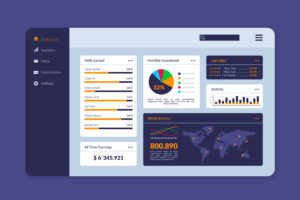
Example 1: E-commerce Success
An e-commerce company implemented a multi-channel marketing strategy involving email marketing, social media ads, and content marketing. By using Google Analytics and HubSpot, they tracked conversion rates and CAC. The data revealed that email marketing had the highest conversion rate, leading to an increased budget allocation for email campaigns. This resulted in a 20% increase in overall ROI within six months.
Example 2: SaaS Company Optimization
A SaaS company focused on improving their ROI by optimizing their customer acquisition process. They utilized SEMrush to identify high-performing keywords and improved their content strategy. By monitoring CLV and CAC, they adjusted their targeting and saw a 15% reduction in CAC and a 25% increase in CLV, ultimately boosting their ROI.
Conclusion

Measuring the ROI of your digital marketing campaigns is essential for optimizing strategies, justifying budgets, and demonstrating the value of your efforts. By focusing on key metrics like conversion rate, customer acquisition cost, and customer lifetime value, and utilizing analytics tools such as Google Analytics, HubSpot, and SEMrush, you can gain actionable insights and improve your marketing performance. Regular assessment and adjustment of your strategies based on ROI measurements will ensure sustained success and growth in your digital marketing endeavors.
Start measuring your ROI today and unlock the full potential of your digital marketing campaigns!
